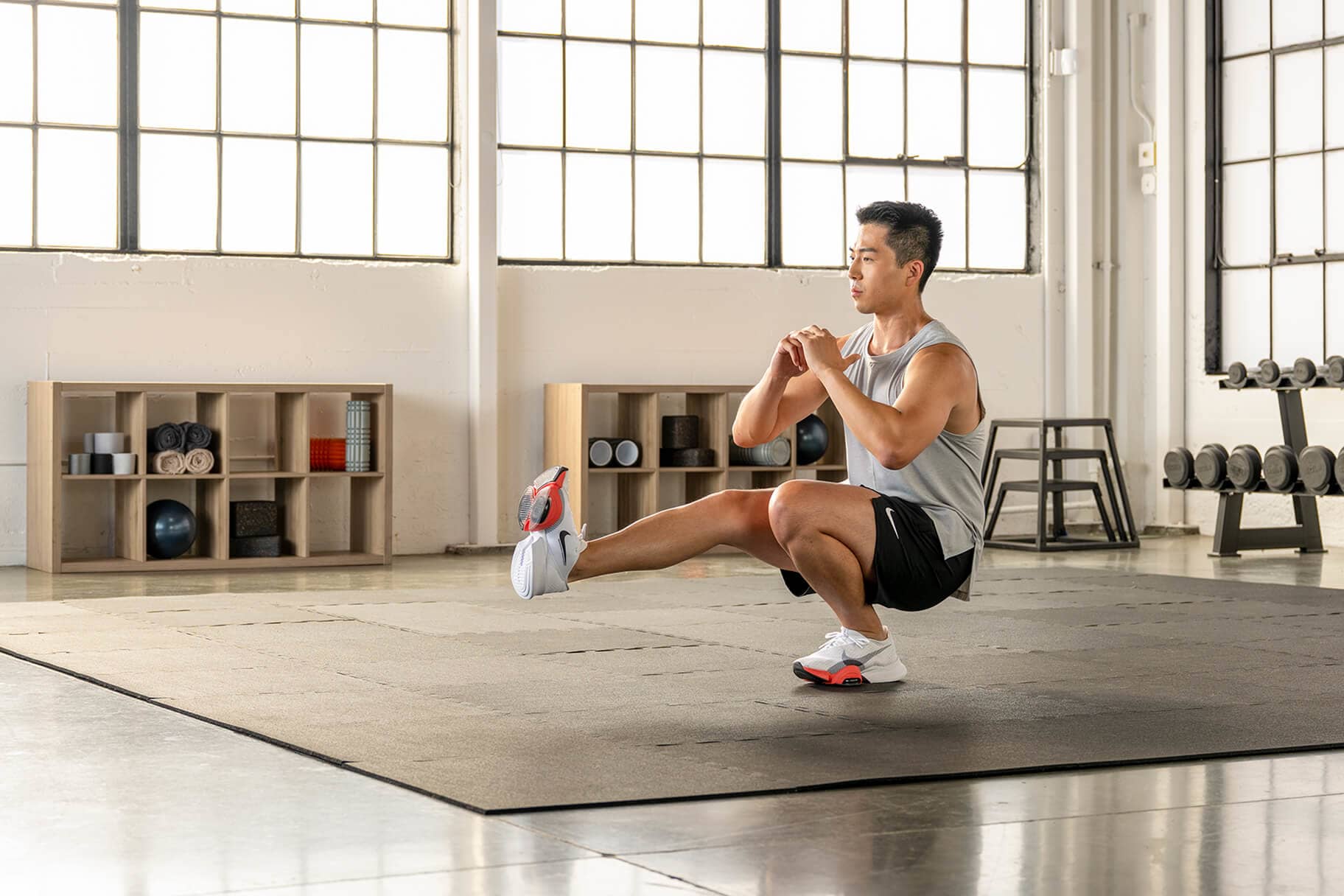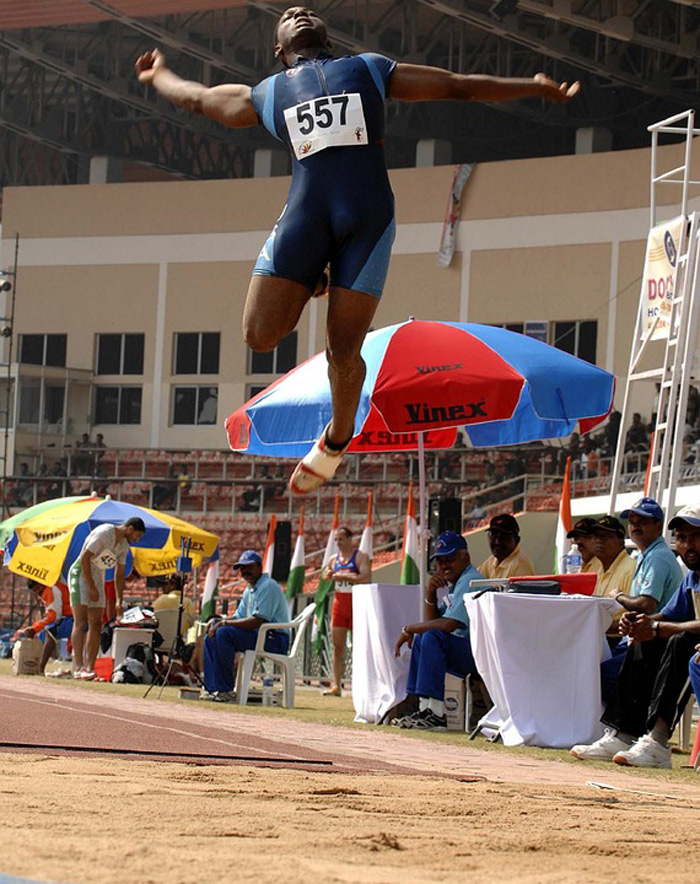Vertical Jump – Human Kinetics
Por um escritor misterioso
Descrição
SETUPStand with the feet hip-width apart and clear of any obstacles.EXECUTIONMaintain a rigid spine—neutral to slightly arched (not rounded)—throughout this entire movement.Raise your hands over your head to allow for a more forceful descent (a).Throw your hands down as you shift your hips backward, allowing your hips and knees to flex slightly.This forceful descent should cease once you reach a comfortable end position, with your shoulders above your hips, and your hips above your knees (b). Instantly reverse.Drive your whole foot into the ground while extending the hips, knees, and then ankles, and simultaneously throw your arms upward. This forceful event should launch your entire body into the air (c).Once gravity takes over, prepare to contact the ground with the intent of allowing the ankle, knees, and hips to flex once the feet touch the ground. Shift the hips backward and allow the arms to move down and back as well.Once the feet touch the ground, return to step 2 and continue for the prescribed number of repetitions.COMMON FAULTSKnees caving in. Focus on maintaining the knees’ alignment with the feet. Thinking about pushing the knees outward on the way down and up can assist with this.Not using the arms. Reexamine the effort to use the arms to create force both on the descent and the jump portion of the movement. This will assist with a high jump and full hip extension.Squat JumpSETUPPlace your hands on your head, allowing the elbows to point out to the side.Feet should be aligned at shoulder width or slightly wider.Feet should be angled anywhere from neutral (straight ahead) to turned out at a 30-degree angle.Maintain a neutral spine position.Keep whole-foot pressure: The feet should be flat on the floor with obvious pressure driving through the heels, balls of the feet, and big toes.VARIATION SETUPIf holding dumbbells, kettlebells, or a trap bar, keep your arms straight at your side (or goblet style, against your chest with two hands, if it is a single dumbbell or kettlebell).If loading with a barbell or sandbag, keep it tight to your upper back and shoulders as in a squat.If loading with a band, wrap it under the center of your feet, over your shoulders, and behind your neck (d).EXECUTIONBrace or create tension in the torso in preparation to support the weight and maintain a neutral spine position (a).As fast as you while maintaining control, descend downward by simultaneously flexing the knees and hips.The knees track in line with your feet; do not let them cave in.The feet remain flat on the floor with whole-foot pressure during the descent.Go as low as you can while maintaining the integrity of the lumbar curve or a neutral spine, as well as proper ankle, knee, and hip alignment (b).As soon as you hit your lowest position, instantly drive your feet into the floor as forcefully as you can, forcing your body upward.Continue to extend forcefully until your hips and knees are fully extended, forcing additional effort to transfer from your ankle through the balls of your feet, launching your body into the air (c).Once gravity takes over, prepare to contact the floor with the intent of allowing the ankle, knees, and hips to flex once the feet touch the floor.Once the feet touch the floor, return to step 2 and continue for the prescribed number of repetitions.VARIATION EXECUTIONAdded load should not compromise body position during any part of the exercise.Keep the arms straight if holding a load, and keep them tight to the body if rear loaded.COMMON FAULTSNot going low enough. Have someone watch you from the side to make sure you are at least going low enough to have your hips in line and parallel to the floor. If you cannot at least go that low while maintaining a neutral spine, be more conscious of the effort to drive your knees out throughout the entire movement. If that heightened consciousness does not correct the issue, you should only go as low as you can while maintaining that neutral position.Knees caving in. Reexamine the effort to maintain the knees’ alignment with the feet. Thinking about pushing the knees outward on the way down and the way up can assist with this.

PDF) The Effects of a Maximal Power Training Cycle on the Strength, Maximum Power, Vertical Jump Height and Acceleration of High-Level 400-Meter Hurdlers
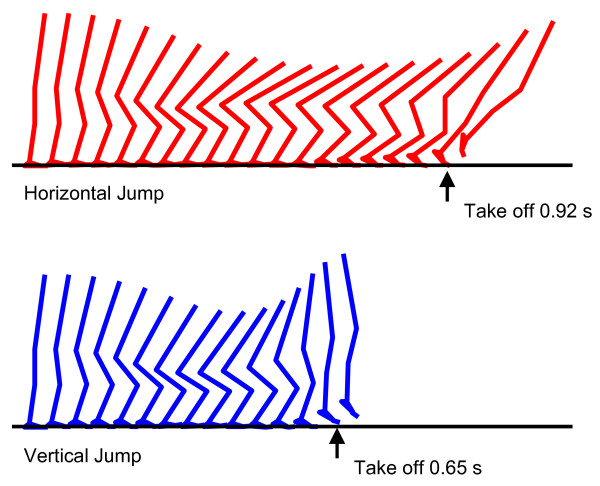
The kinematics of the horizontal jumping and the vertical jumping

PDF] VARIABILITY IN VERTICAL JUMP HEIGHT AND LOWER LIMB KINEMATICS BETWEEN DAYS
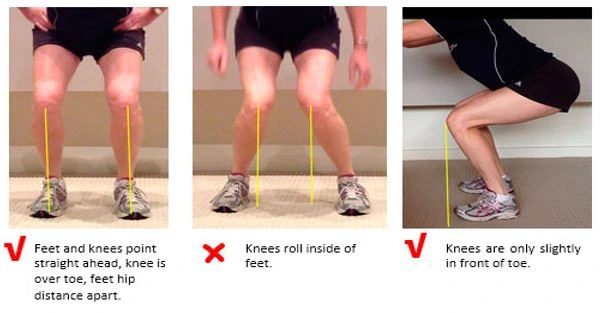
How to improve the vertical jump?

Parameters That Influence Vertical Jump Height – The Sport Journal
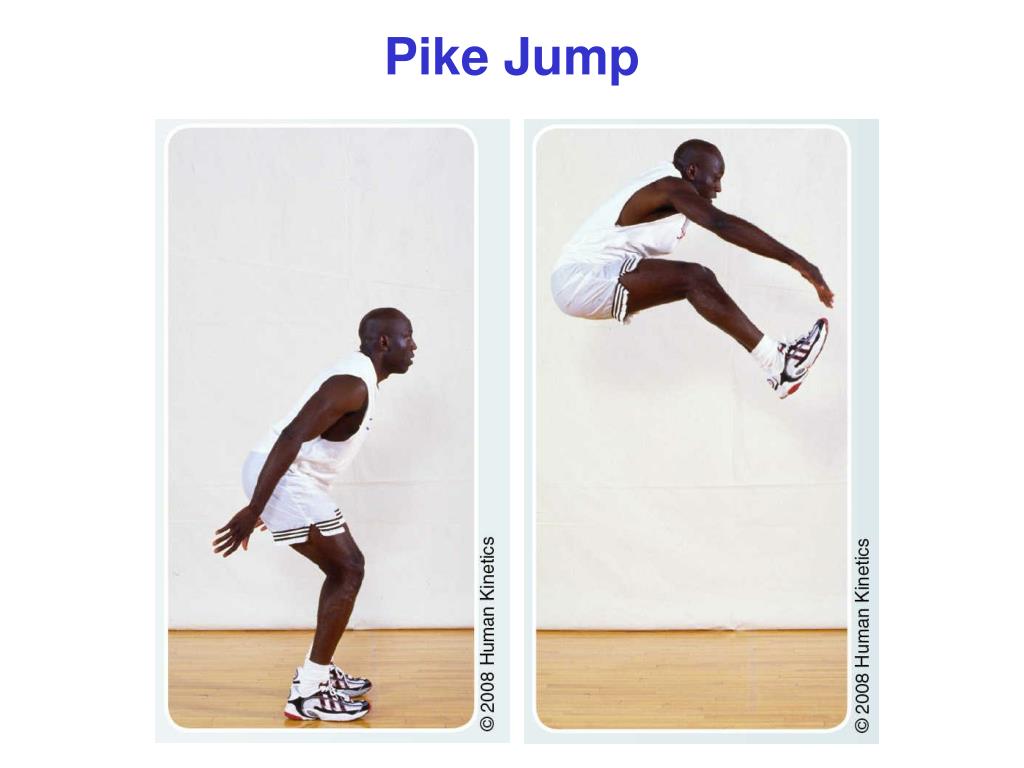
PPT - Photos of Plyometric Drills PowerPoint Presentation, free download - ID:3099746

PDF) Relative Net Vertical Impulse Determines Jumping Performance
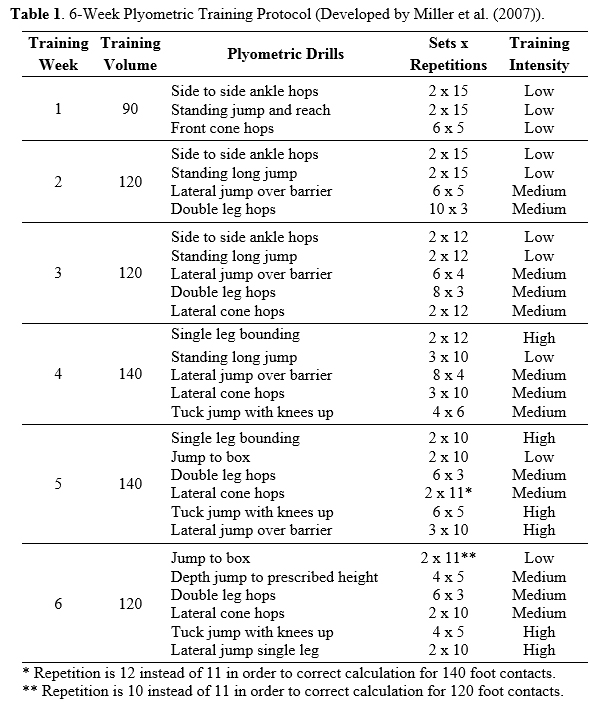
Effects of 6-Week Plyometric Training on Vertical Jump Performance and Muscle Activation of Lower Extremity Muscles – The Sport Journal

Muscular power and vertical jump - SciencePerfo

How to improve the vertical jump?
Moticon ReGo Drop Jump test for assessing plyometric skills and foot loading

JFMK, Free Full-Text
de
por adulto (o preço varia de acordo com o tamanho do grupo)

